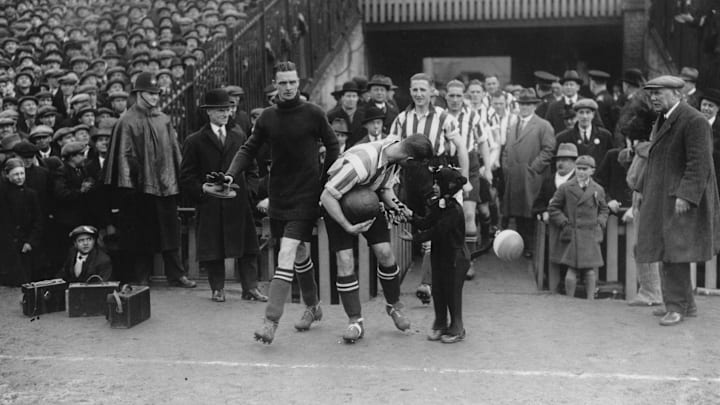Few clubs have a history as full of twists and turns as Southampton Soccer Club. From its foundation to the present day, the club has witnessed moments of glory and adversity, thus shaping its identity and leaving an indelible mark.
Starting its post-World War I journey, Southampton joined the newly formed Football League Third Division in 1920, eager to prove its worth in the competitive world of soccer. Quickly, the club achieved success, securing promotion and embarking on a 31-year stint in the Second Division, a remarkable feat for an emerging team.
Follow Saints Marching on X (Twitter).
However, Southampton's fate was far from a straight line of ascent. The 1922-23 season was a striking example, with a peculiar performance: 14 wins, 14 draws, and 14 losses, resulting in 42 points - an average of one point per game. This is one of those rare moments that capture the unpredictability and intrinsic emotion of soccer, where numbers alone do not tell the whole story.
While Southampton struggled to consolidate its position on the national stage, moments of glory emerged in the form of advancements in the FA Cup. In 1925 and 1927, the club reached the semifinals of the tournament, only to be defeated by formidable opponents such as Sheffield United and Arsenal. These experiences, though marked by unfavorable outcomes, demonstrated Southampton's determination and competitive spirit.
However, not all of Southampton's battles were fought on the pitch. During the tumultuous years of World War II, the club faced extraordinary challenges, including the impact of a bomb hitting The Dell field in November 1940. This event forced Southampton to temporarily move its games to the stadium of their local rivals, Portsmouth's Fratton Park, a grim reminder of the adversities soccer faces in times of conflict.
Southampton navigated through the ensuing decades, moments of hope and disappointment intertwining. The near-promotion in the 1947-48 and 1948-49 seasons was followed by a painful relegation to Division 3 (South) in 1953, highlighting the inherent volatility in the nature of the sport.
Southampton is a resilient club. Its history is marked not only by adversities but also by unforgettable triumphs. In 1960, the club finally regained its status in the Second Division, led by players like Derek Reeves, whose 39 goals were crucial to clinching the title.
Even in moments of defeat, Southampton has proven to be a source of inspiration for its fans. On April 27, 1963, a crowd of 68,000 people witnessed the club lose 1-0 to Manchester United in the FA Cup semifinals. Though the result was not desired, the passionate support from the fans echoed beyond the pitch, reflecting Southampton's indomitable spirit.
This is a club that embodies the essence of soccer - full of highs and lows, triumphs and challenges, but always keeping the flame of passion and determination burning. As Southampton continues to write new chapters in its history, one thing remains certain: its resilience is truly unbreakable.
